Sustainable packaging trends, material options and commercialized examples captured your interest throughout the year, as companies’ environmental goals often include, if not center on, packaging improvements.
Here are the top seven sustainable packaging articles in 2015, based on page views. Counting up from the bottom of our list, we start with…
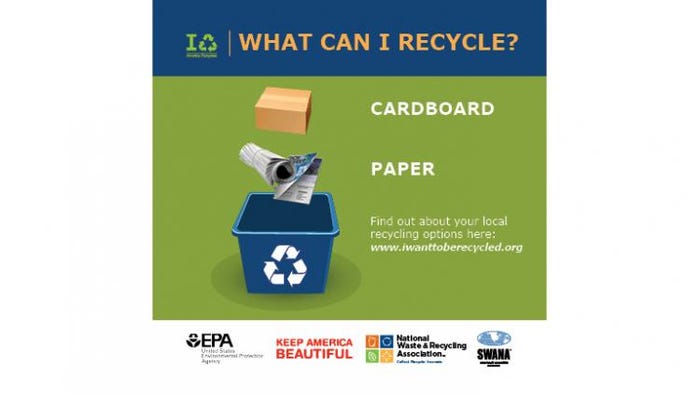
#7. Right before the Nov. 15 America Recycles Day, we reviewed the latest statistics for recycling various packaging materials—rigid plastic, glass, metal, flexible plastic and paperboard—as well as numbers for compostable waste and upcycling. Metal and paperboard packaging see the highest collection rates at 60% to 70%+, but percentages for the other materials are more in line with the Environmental Protection Agency’s overall recycling rate of 34.5%. That seems low considering all the attention on sustainability, doesn’t it?
Next: Is the ‘refill’ model viable?
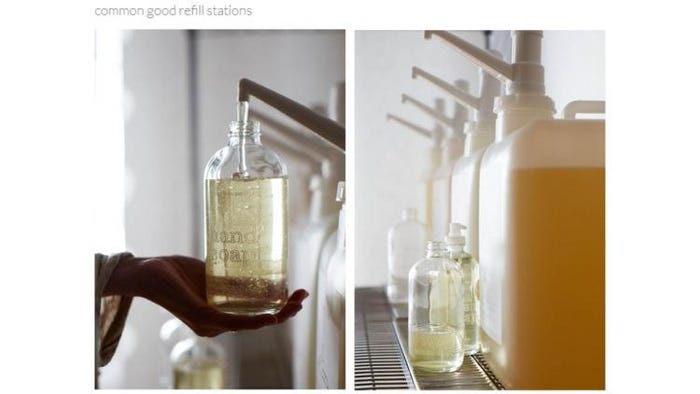
#6. Sustainability guru and TerraCycle founder Tom Szaky poses the question: “Are refill stations the answer to packaging waste?” because, he says, “Sometimes sustainable packaging has less to do with eco-friendly packaging materials and more to do with how we actually distribute product.” He cites some business successes—specifically Green11, Common Good, Replenish and Bulk—as a step in the right direction, and even offers another option.
Next: Identifying the problem of marine debris
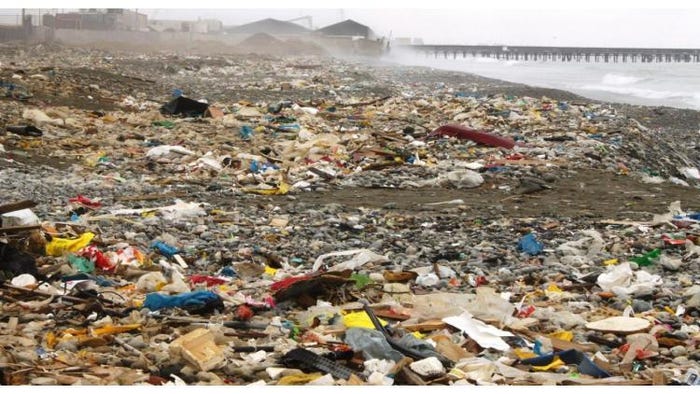
#5. An eye-opening analysis of where the majority of plastic marine debris comes from makes contributing writer Chandler Slavin a bit sad. Usually it’s vital we identify the root cause before we can solve the problem. But this situation is more like “out of sight, out of mind.” What we have to realize, Slavin points out, is that any solution strategy will be dependent on the unique geo-political and socio-economic realities of the world.
Next: Materials that challenge us to recycle
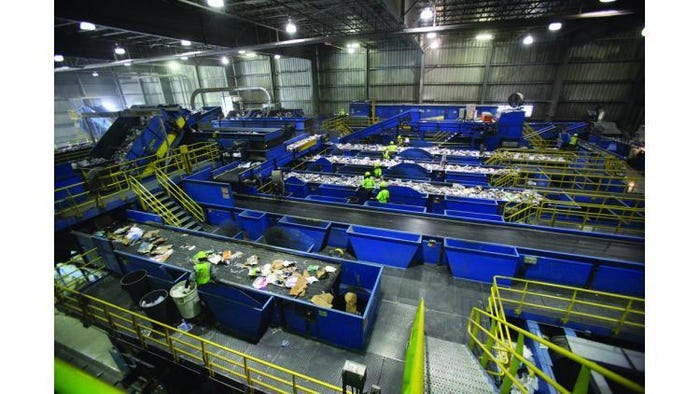
#4. At the beginning of 2015, PAC Next released a new report that listed the 10 most challenging types of packaging to recover and recycle for a Material Recovery Facility (MRF). Heading up the list of undesirables are multilayered laminates and compostable plastics, each which offers other sustainability benefits. Does/should designing packaging for recyclability dominate the sustainability conversation?
Next: All-fiber jug is the cat’s meow
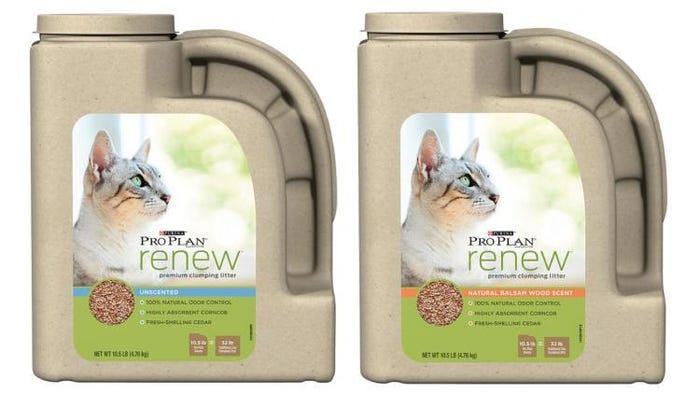
#3. Nestlé Purina PetCare’s wanted to make a statement about its new premium natural cat litter—and the packaging was the vehicle for that “natural” message. The jug and closure are molded pulp, which is made from recycled materials and is also recyclable. Even the paper label and its adhesive are recyclable. Functionally, the wide-mouth orifice and built-in handle make it easy for consumers to pour out the litter. All in all, it’s a product/package designed to make eco-conscious cat owners purr.
Next: Another fiber package for another well-known brand owner

#2. Sometimes a new sustainable packaging idea needs a little encouragement to succeed. The Carlsberg Group, the fourth largest brewer in the world, provided such a boost to ecoXpac by announcing its collaboration with the molded-fiber packaging supplier on a biodegradable beverage bottle and closure, made entirely of sustainably sourced wood fiber. Carlsberg’s international media relations director gives a few more details about the zero-waste Green Fiber Bottle initiative, which is now underway.
Next: Where are they now (besides at the top)?

#1. It was Throwback Thursday when we posted our top sustainable packaging article of 2015 (although we didn’t know it would be the top-drawing article at the time). Contributing writer Chandler Slavin was curious about “Yesterday’s promising ‘green’ materials: Where are they now?” Turns out you wanted to know, too!
She revisited seven different bio-based plastics used in thermoformed packaging, including foamed recycled-content polyethylene terephthalate (rPET), polylactic acid (PLA), polyhydroxy alkanoates (PHA) and algae blends. Some still show good promise. Click on the link if you want to know which ones. Enjoy!
_____________________________________________________________________
See sustainable packaging solutions and new ideas at WestPack 2016, Feb. 9-11 in Anaheim, CA.
_____________________________________________________________________
About the Author(s)
You May Also Like




